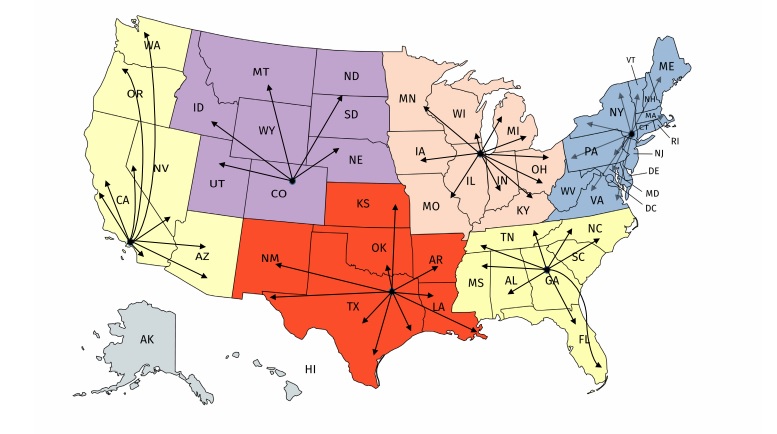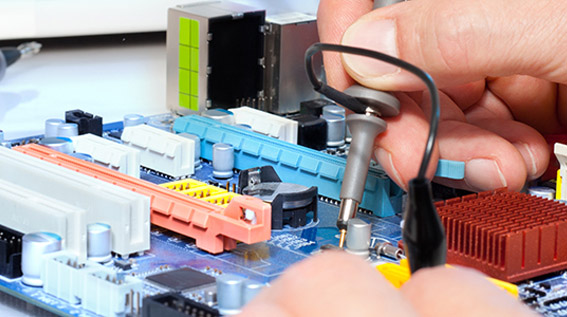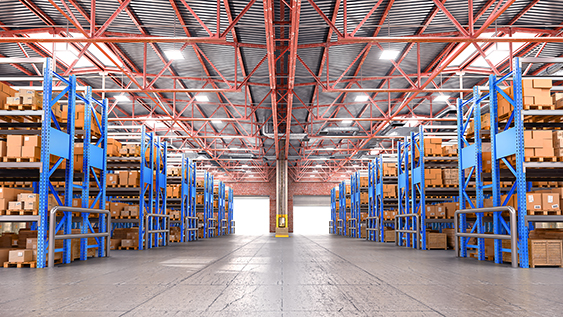
Trimming Total Time to Install Creates Competitive Advantage for Life Science Equipment Manufacturers
Though life science equipment manufacturers work hard to distinctly market their products' selling points, when it comes down to it, there are typically only minor differences between competing products. Whether it's a refrigerator, a freezer, a bio-safety cabinet, or a centrifuge, most units will have similar competitive performance capabilities and features as other brands.
So in today's crowded market, where performance and product features may only slightly vary, what can you as a manufacturer do to boost your competitive advantage? Sure, you can lower the price or make some kind of incentive, but eventually, those roads cut into your profit margins.
The only real competitive advantage therefore, may come through reducing the total time to install — in other words, getting your products to your customers faster.

For the average piece of equipment sitting in a centralized warehouse, it has to get on a truck once ordered and then can take 8-10 days to arrive at its destination (often cross-country). But having your equipment in strategic regional warehousing hubs that are closer to your end-users can shorten that delivery window to 1-2 days, which suddenly become a distinct competitive advantage.
And while that sounds great in theory, actually buying or leasing multiple warehouses across the country can just as easily sink your profits, and isn't the most effective solution either.
That is why you need a logistics partner that already has the required infrastructure in place. A partner who is flexible and can warehouse, store and ship your equipment from regional hubs allows you to put your equipment in the hands of customers quicker than the competition.
A regional hub program also helps you:
- Reduce Damages – By proactively moving your products to regional hubs and reducing the travel distance and time needed for each order, you also reduce the risk of damaging more delicate items such as cold storage equipment.
- Become Data-Driven – Use customer data to determine which product models should be stocked at your forward locations. Tailor your inventory to match what your historical customer needs, and incorporate sales forecasting to make sure you've got the right product at the right place for your customers.
- Quickly Replace Product – Products that are non-operational due to technical or operational issues or need a swap-out due to warranty issues or upgrades can mean significant unrealized profits for a manufacturer. Replacing units in the field can happen much quicker with the use of strategic regional hubs.
- Realize Revenue Faster – For many equipment deliveries, the product has to be delivered and functioning at the end user's location before an invoice can be sent and subsequently paid. By trimming delivery times down to 1-2 days vs 8-10 days, you potentially get paid a week earlier than under a traditional model.
- Meet Modern Expectations – It's no secret that Amazon is changing the game when it comes to the retail supply chain, and there's no doubt that those expectations of instant gratification also trickle down to the medical and life sciences industry. A regional warehousing model helps assuage those expectations while building end-user satisfaction and loyalty.
There are logistics providers today who can provide these nationwide, flexible warehousing services. Services that can be customized to meet your needs and the needs of your end-users. Contact us today if you'd like to learn more.


